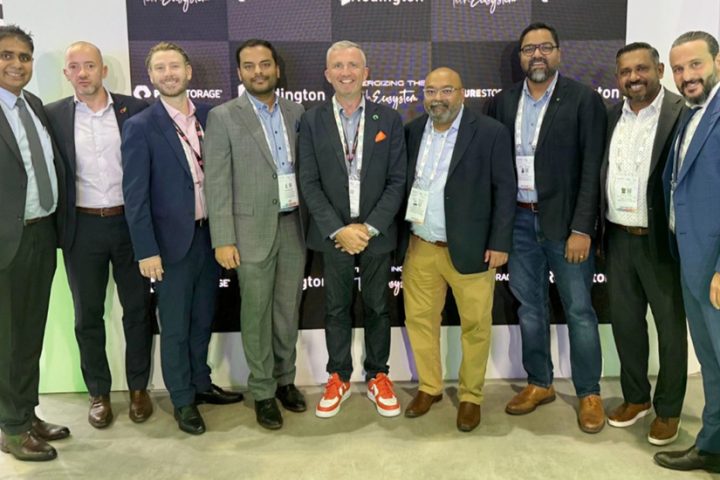McAfee released its Labs Threats Report: December 2018, examining activity in the cybercriminal underground and the evolution of cyber threats in Q3 2018. McAfee Labs saw an average of 480 new threats per minute and a sharp increase in malware targeting IoT devices. The ripple effect of the 2017 takedowns of Hansa and AlphaBay dark web markets continued as entreprenuial cybercriminals took new measures to evade law enforcement.
“Cybercriminals are eager to weaponize vulnerabilities both new and old, and the number of services now available on underground markets has dramatically increased their effectiveness,” said Christiaan Beek, lead scientist at McAfee. “As long as ransoms are paid and relatively easy attacks, such as phishing campaigns, are successful, bad actors will continue to use these techniques. Following up-and-coming trends on the underground markets and hidden forums allow the cybersecurity community to defend against current attacks and stay a step ahead of those in our future.”
Each quarter, McAfee assesses the state of the cyber threat landscape based on in-depth research, investigative analysis, and threat data gathered by the McAfee® Global Threat Intelligence cloud from over a billion sensors across multiple threat vectors around the world.
The third quarter of 2018 saw the Dream, Wall Street, and Olympus markets clamoring for market share, until the mysterious disappearance of Olympus. In an effort to evade law enforcement and build trust directly with customers, some entreprenuial cybercriminals have shifted away from using larger markets to sell their goods and have begun creating their own specialized shops. This shift has sparked a new line of business for website designers offering to build hidden marketplaces for aspiring shady business owners.
“Cybercriminals are very opportunistic in nature,” said John Fokker, head of cybercriminal investigations at McAfee. “The cyberthreats we face today once began as conversations on hidden forums and grew into products and services available on underground markets. Additionally, the strong brands we see emerging offer a lot to cybercriminals: higher infection rates, and both operational and financial security. ”














